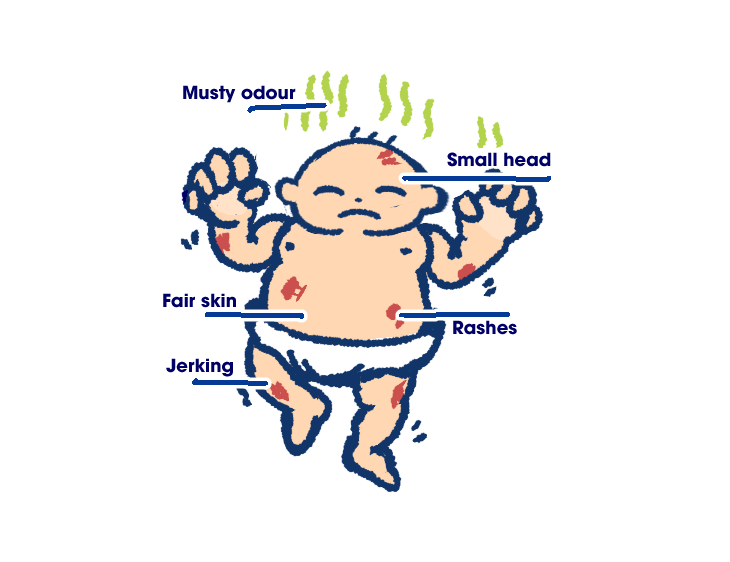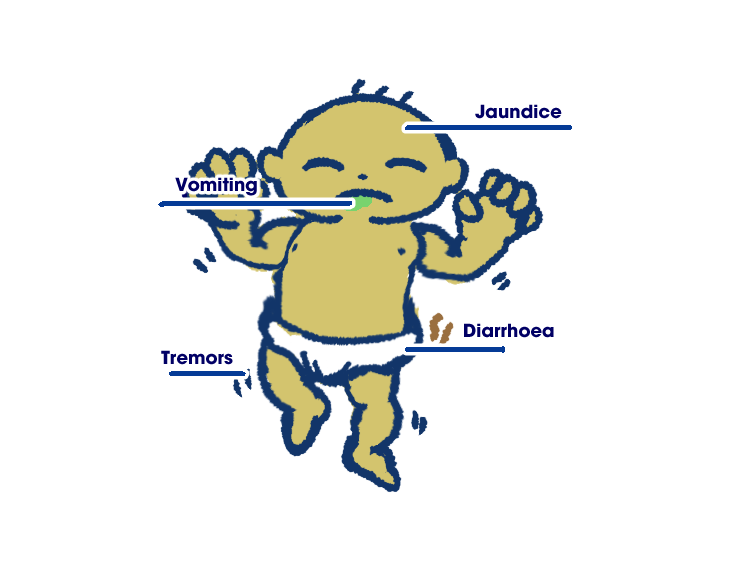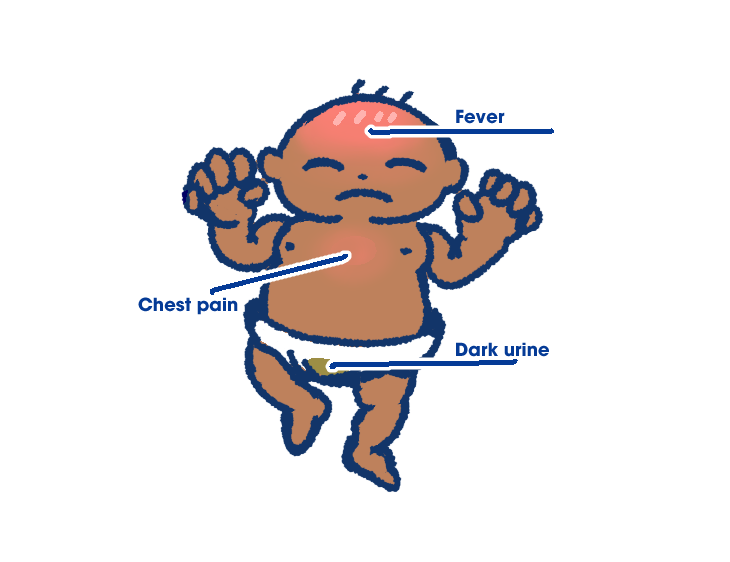Common Rare Diseases and how to spot them in your infant
The diagnosis is the most nerve wrecking part of the disease. Inform yourself of the warning signs to make things easier!
Rare disease medicine has come a long way…
Once upon a time, the very mention of rare genetic diseases like SCID would strike fear into the hearts of doctors and new mothers alike. Today it warrants a mere prescription and, usually, a grocery list of triggers to avoid.
The scariest part of the process is the diagnosis process. Unlike viral or bacterial injuries, there’s nothing alive within you that is clearly not meant to be there. In the case of rare diseases, it’s usually your own body working against you. In the time between the symptoms first appearing and the disease being diagnosed, anything could happen. The symptoms could get worse if we don’t know what is causing the problem.
These diseases are definitively confirmed using a Newborn Screening (NBS) test, which searches for the specific genetic defects that are causing illness in the infant. NBS tests are popular in the US, UK and other countries too like Qatar and france. For Rare disease week, we are looking at 3 common rare diseases (ironically enough) that are diagnosed in infants, and what symptoms to look out for.
1. Phenylketonuria
Phenylketonuria is a genetic disorder caused by a mutation in the gene that produces an enzyme to break down the amino acid Phenylalanine. Too much of anything is bad for the body, which is why a buildup of phenylalanine becomes toxic and deadly, even though it is normally present in the system.

The symptoms of PKU only start presenting when the baby is 6 months old, even though the disorder is present from birth. These symptoms include:
- Seizures, shaking, or jerking movements in the limbs
- Stunted (slow) growth
- Rashes on the skin
- Small head size (microcephaly)
- Socialization problems (later in development)
- A musty odour in urine, breath, or skin that is a result of the extra phenylalanine in the body
- Fair skin and blue eyes, due to the body’s failure to transform phenylalanine into melanin
The normal treatment of this condition includes restricting phenylalanine from the diet so it does not build up within the body, taking supplements that can break down excess phenylalanine, and new advances into Gene Therapy have been made that can rid the disease entirely if administered from infant age.
2. Galactosemia
Galactosemia is another genetic disorder caused by a mutation in one of the three genes that produces enzymes to break down galactose, or milk sugars. In effect, this baby cannot digest milk, so breast feeding them becomes dangerous. This is much different from a lactose intolerance because of the dangers of galactose buildup within the body.

The symptoms are also much more severe and include:
- Loss of appetite
- Lethargy
- Vomiting
- Diarrhoea
- Severe weight loss
- Weakness
- Yellow skin and whites of the eyes (jaundice)
- Enlargement of the liver (hepatomegaly)
- Appearance of amino acids and protein in the urine
- Growth failure
- Accumulation of fluid in the abdominal cavity (ascites) with abdominal swelling (oedema)
- Motor and speech disorders in classic galactosemia
- Delayed speech development
- In girls, irregular menstrual periods, reduced function of ovaries leading to ovarian failure and infertility
- Mental disability
- Tremors (shaking) and uncontrollable motor functions
- Cataracts
- Cirrhosis of the liver
- Death (if there is galactose in the diet)
In newborns especially, the symptoms can be severe if breastfeeding continues. The babies may be irritable, suffer convulsions, feed and gain weight very poorly, and whatever little they eat they may vomit. If undetected and untreated, the symptoms may worsen, leading to the wasting away of muscles, extreme weakness, severe weight loss, and eventually death. The way to combat this is definitely by getting your newborn screened at the earliest possible moment and then, armed with knowledge, switching to soy milk or lactose free baby formula. From there on, the patient’s diet needs to be galactose free for them to stay healthy. Adults with galactosemia may unfortunately still suffer from hormone deficiencies even with therapy and treatment. Otherwise, early detection and treatment can help them to lead a normal, healthy life!
3. Glucose-6-Phosphatase Deficiency
G6P is a very important enzyme in the Calvin cycle, an important process that controls metabolism in the body. If it gets deleted, then the results are decidedly terrible. It results in haemolytic anaemia among other things

The symptoms also include:
- Fatigue
- Weakness
- Dizziness
- Jaundice (yellowing of the skin and eyes)
- Dark urine
- Enlarged spleen and liver
- Fever
- Difficulty breathing
- Chest pain
Currently there is no cure for G6PD. However, major symptoms like anaemia are developed only after being exposed to triggers. These can include things like napthalene or moth balls, vitamin c in high amounts,
These diseases are deadly and have lifelong implications for the patients. But even in the worst of cases, a little knowledge is all that is required to prevent a severe tragedy from occurring. No one could possibly blame the grieving mother of a galactosemic child for breastfeeding, but nowadays such tragedy can be avoided altogether. Getting your newborn screened will arm you with the knowledge that can help your child live a healthy and long life.
Sources:
- MedlinePlus. (2023). Phenylketonuria. Retrieved December 21, 2023, from https://medlineplus.gov/genetics/condition/phenylketonuria/
- MedlinePlus (2024). Bethesda (MD): Retrieved March 2, 2024, Available from: https://medlineplus.gov/heartattack.html
- MedlinePlus (2024). G6PD Retrieved March 2, 2024, from: https://medlineplus.gov/genetics/condition/glucose-6-phosphate-dehydrogenase-deficiency/
Put your thoughts in the comments below!



